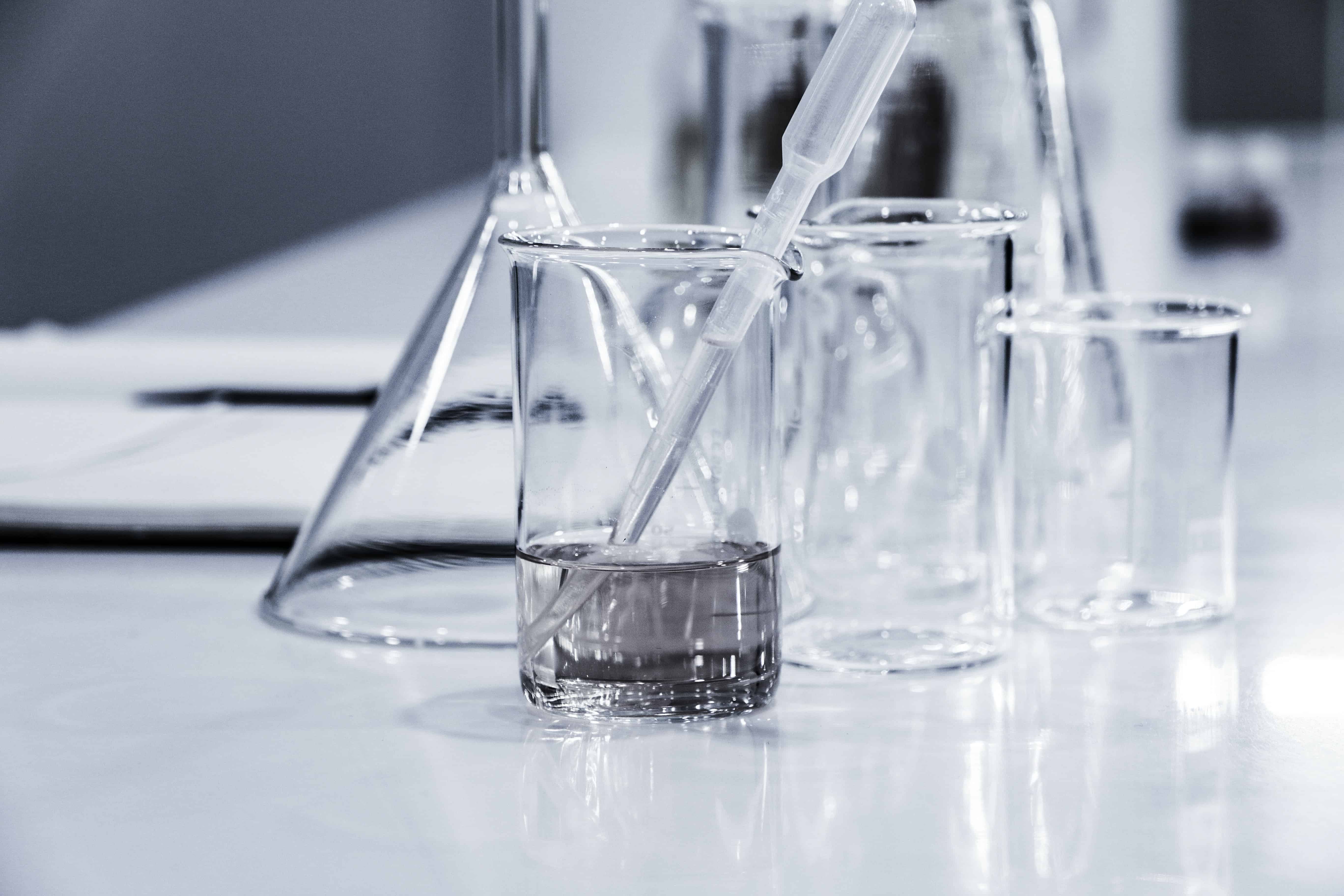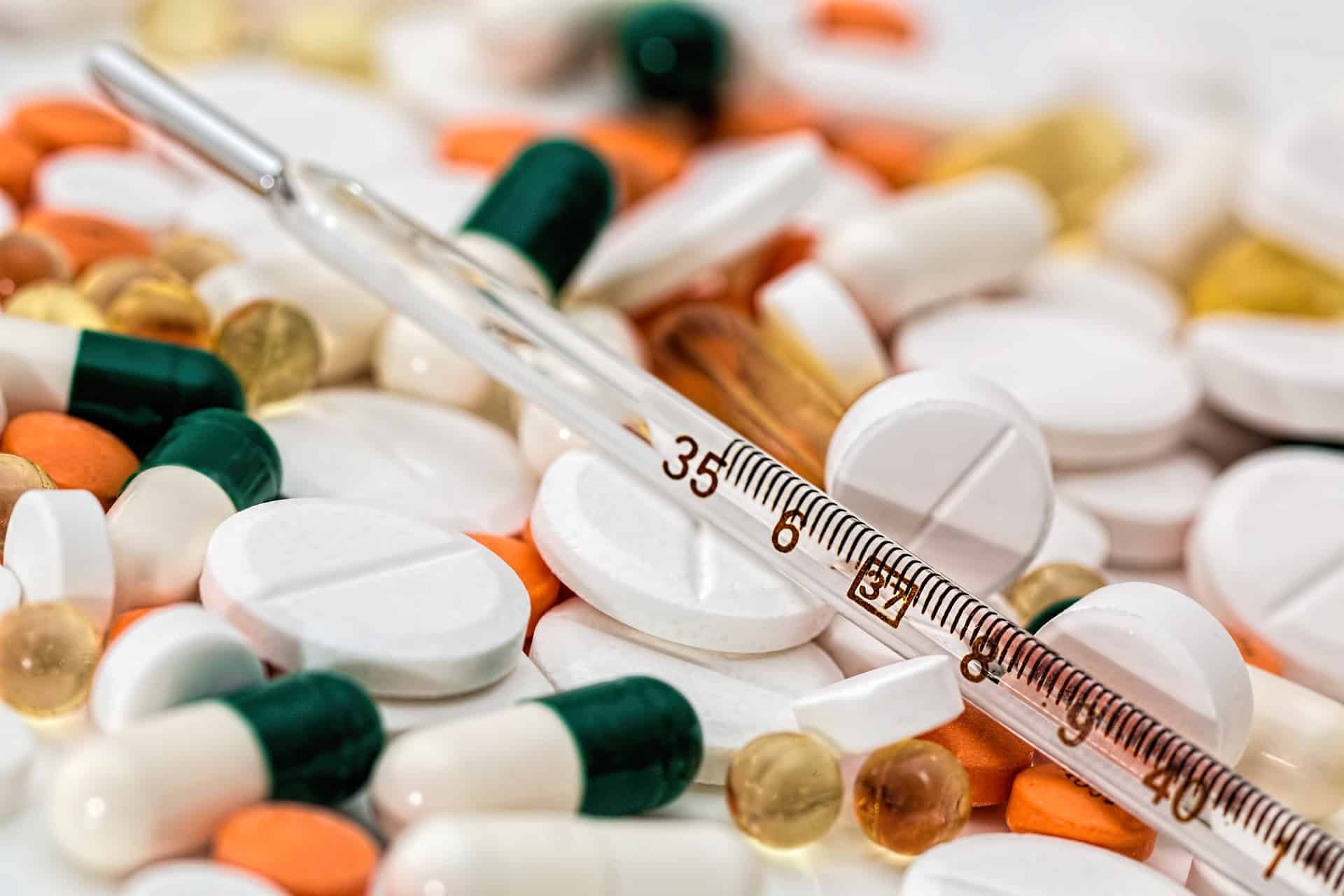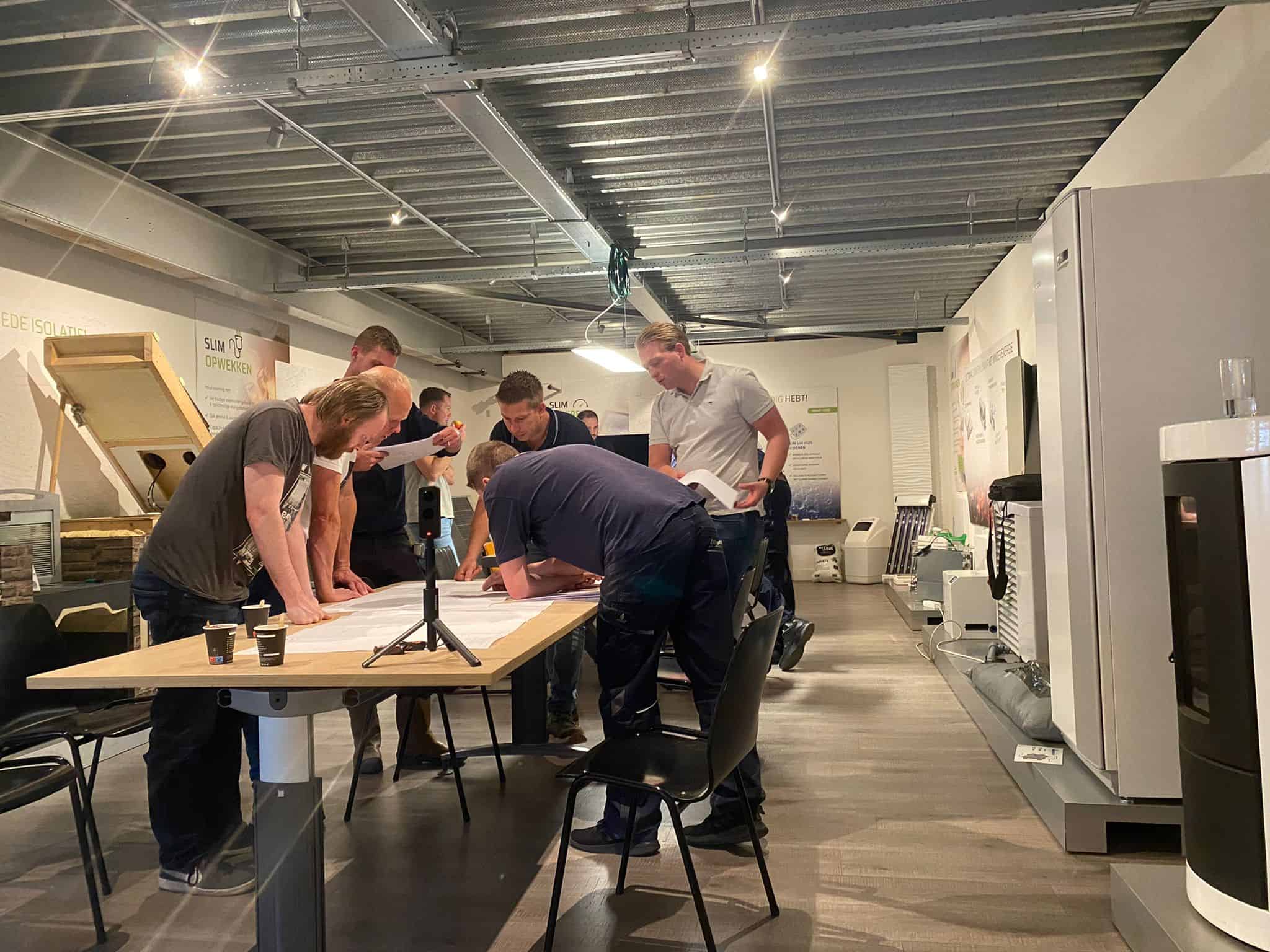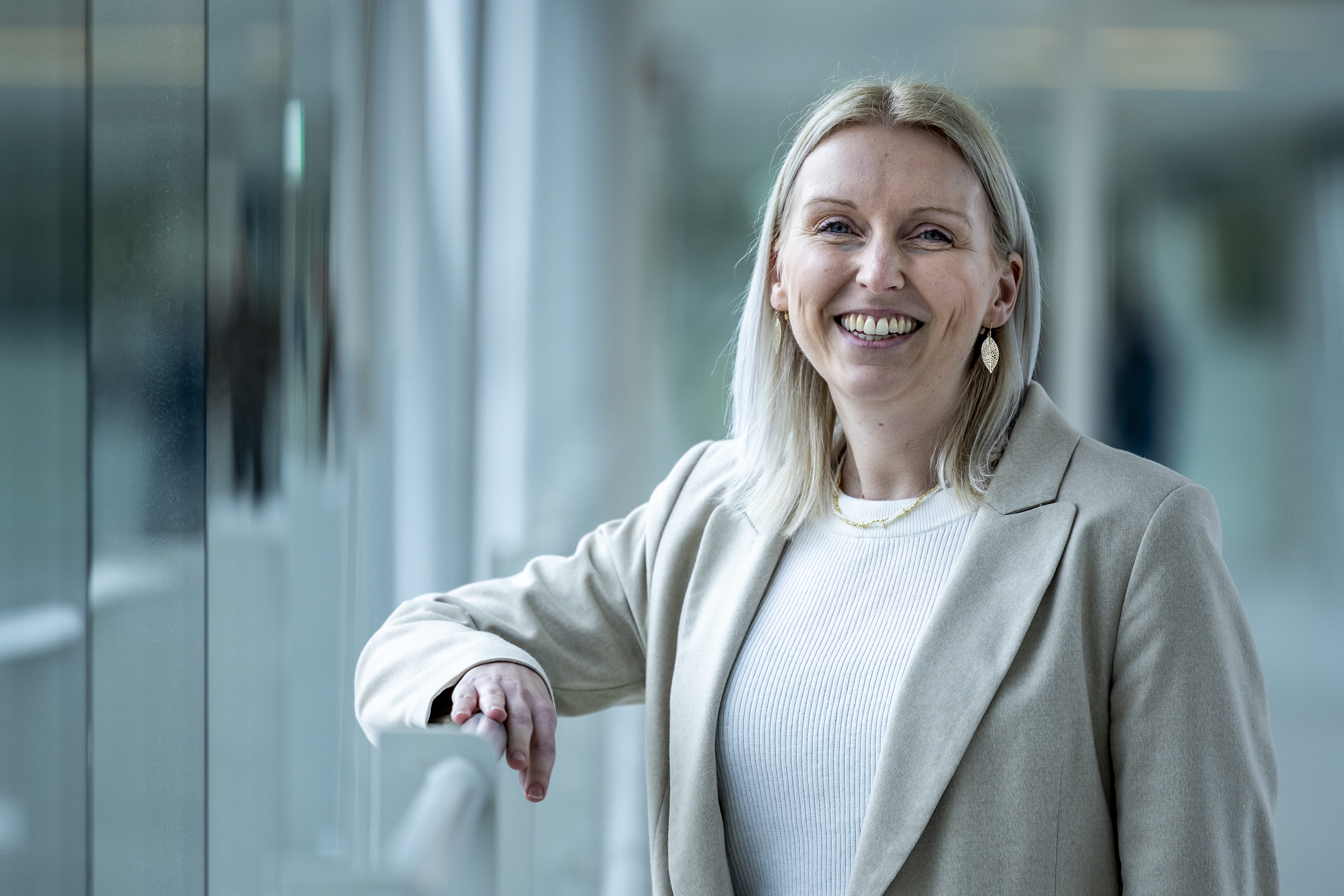
February 4 is World Cancer Day that takes place annually to unite people, communities and institutions in the global fight against cancer, to raise awareness and to educate about cancer. Researchers are continuously looking for ways to establish new viable cancer treatments. Here are the stories about three innovative approaches to anti-cancer therapy that are likely to change the ways cancer is treated in the future.
An innovative approach to the treatment of cancer is being developed at the M-Lab of the Department of Precision Medicine of Maastricht University. The researchers of the M-Lab are working on the non-pathogenic bacteria (clostridia) as a highly tumour-specific cancer treatment. Jan Theys, associate professor at the Department of Precision Medicine, explains how the bacteria can help with the treatment of cancer: “Solid tumours have hypoxic-necrotic regions – areas with little or no oxygen. These regions are very tumour-specific and they are present nowhere else in the body. What we do is using a non-pathogenic strain of strictly anaerobic Clostridium as inactive spores that we can administer to the patient with a tumour. These spores will only germinate and become active when the conditions around them are favourable for their growth. And the conditions that are favourable for clostridia are exactly the hypoxic – necrotic conditions that can be found within a solid tumour.”
“With Clostridium you can make a “factory” within a tumour producing what you want – for example, it can produce chemotherapy right inside of a tumour.”
“Clostridia can be used as cargo to deliver any type of anti-cancer gene in a very precise, very tumour-specific way because the spores of clostridia will not be activated anywhere else in the body. The colonisation of the hypoxic/necrotic tumour regions upon administration is a very selective natural phenomenon,” says Theys. “With Clostridium you can make a “factory” within a tumour producing what you want – for example, it can produce chemotherapy right inside of a tumour. Clostridium-based gene delivery is potentially complementary to the therapies like radiotherapy. Radiotherapy is less effective in the conditions of low oxygen but with the help of the “factory” built using clostridia the hypoxic cells can be killed from within a tumour. This is a promising solution for the treatment of advanced cancer – the one with more necrosis areas”.
Because the strain of Clostridium bacteria chosen by the researchers is non-pathogenic, using it as a part of the anti-cancer therapy is safe – when Clostridium is not required in the body anymore, (i.e. when a tumour and thus the hypoxic/necrotic areas have disappeared) remaining Clostridium spores will be cleared by the body. If necessary, antibiotics can be administered at any time to kill the bacteria. Jan Theys says that the Clostridium-based gene delivery system provides lots of control over the therapy – both in terms of time and in terms of precision thus making it safe. In addition to this, clostridia-based gene therapy may be in the future particularly promising to the patients with the inoperable tumours.
Currently, the Clostridium-based gene delivery system is in its pre-clinical phase: what was achieved is the creation of the safe, stable platform from Clostridium strains and the proof-of-principle demonstrating that the approach works. All technology is in place to make the next step to translation to the clinic. This process will be long as strict regulatory requirements have to be met, but the researchers at the M-lab are confident that it is just a matter of time before this approach turns into a realistic treatment possibility.







